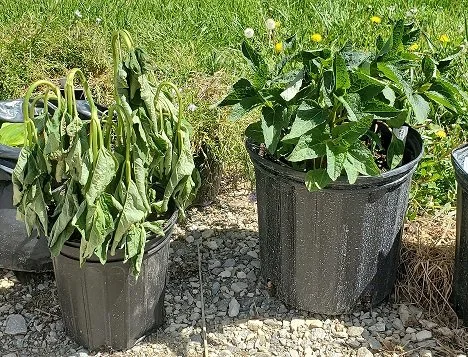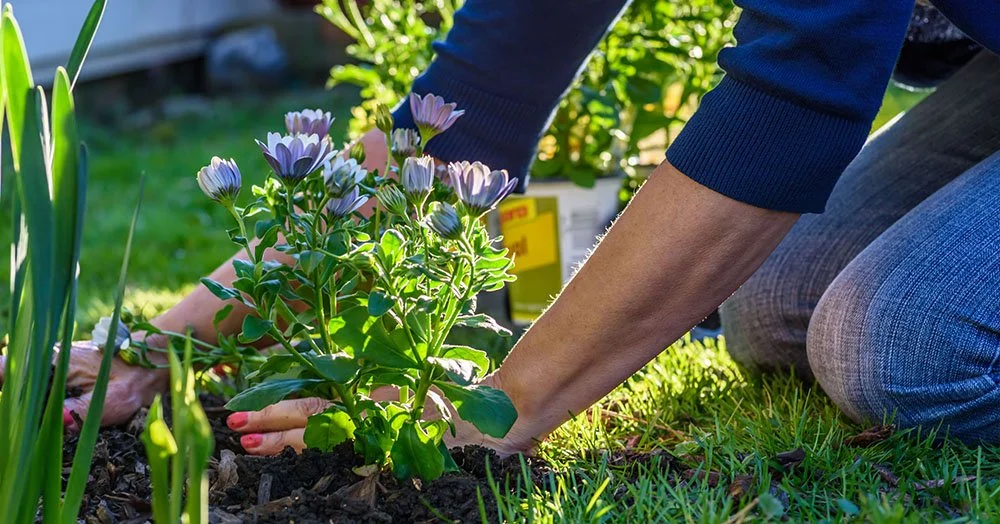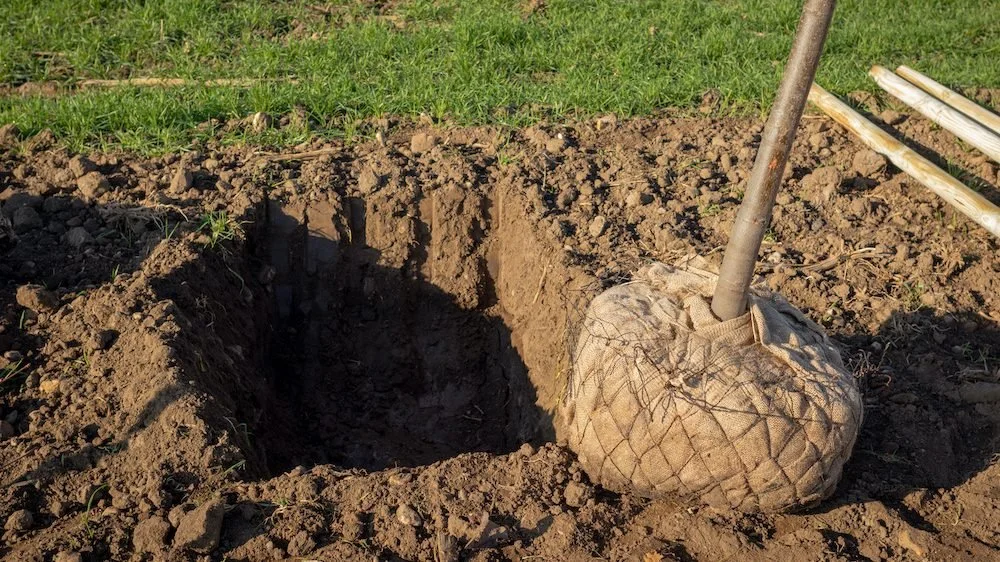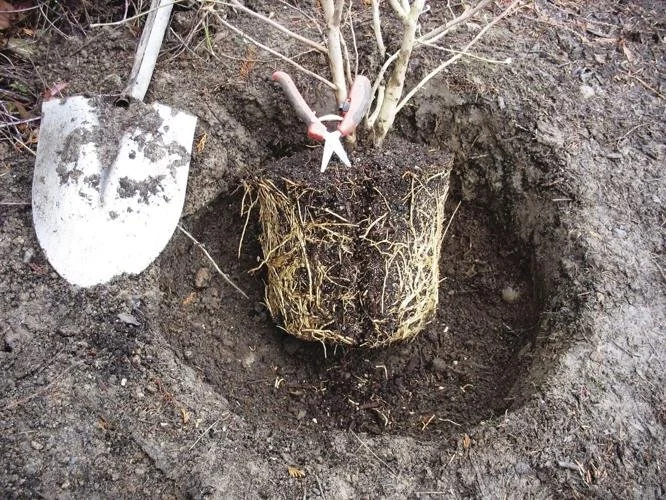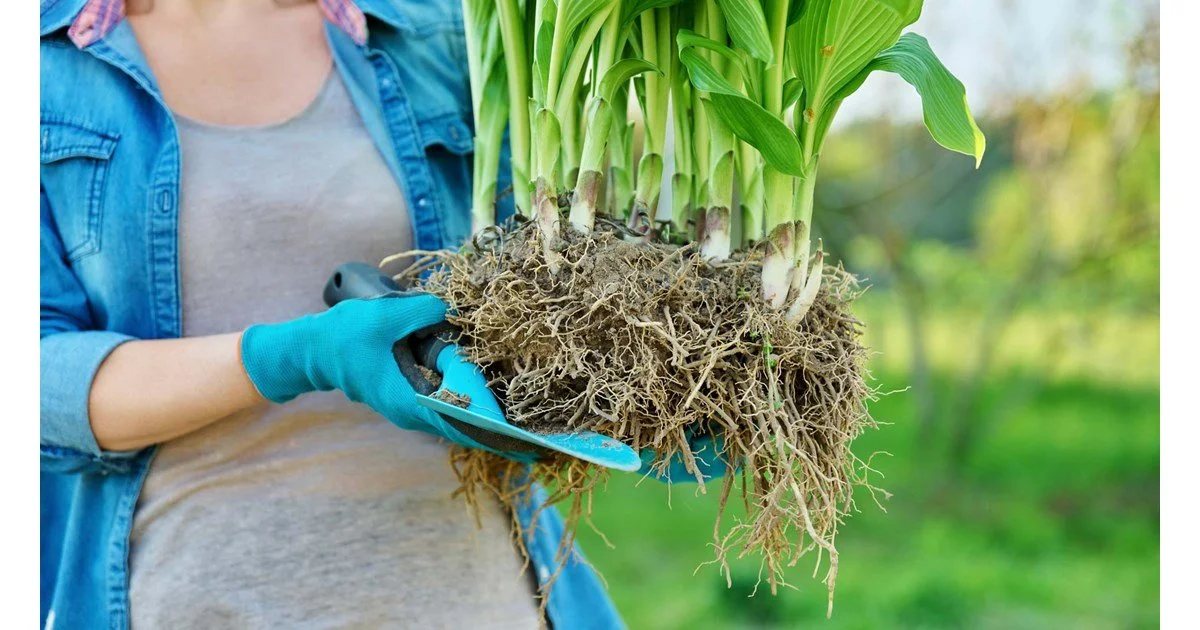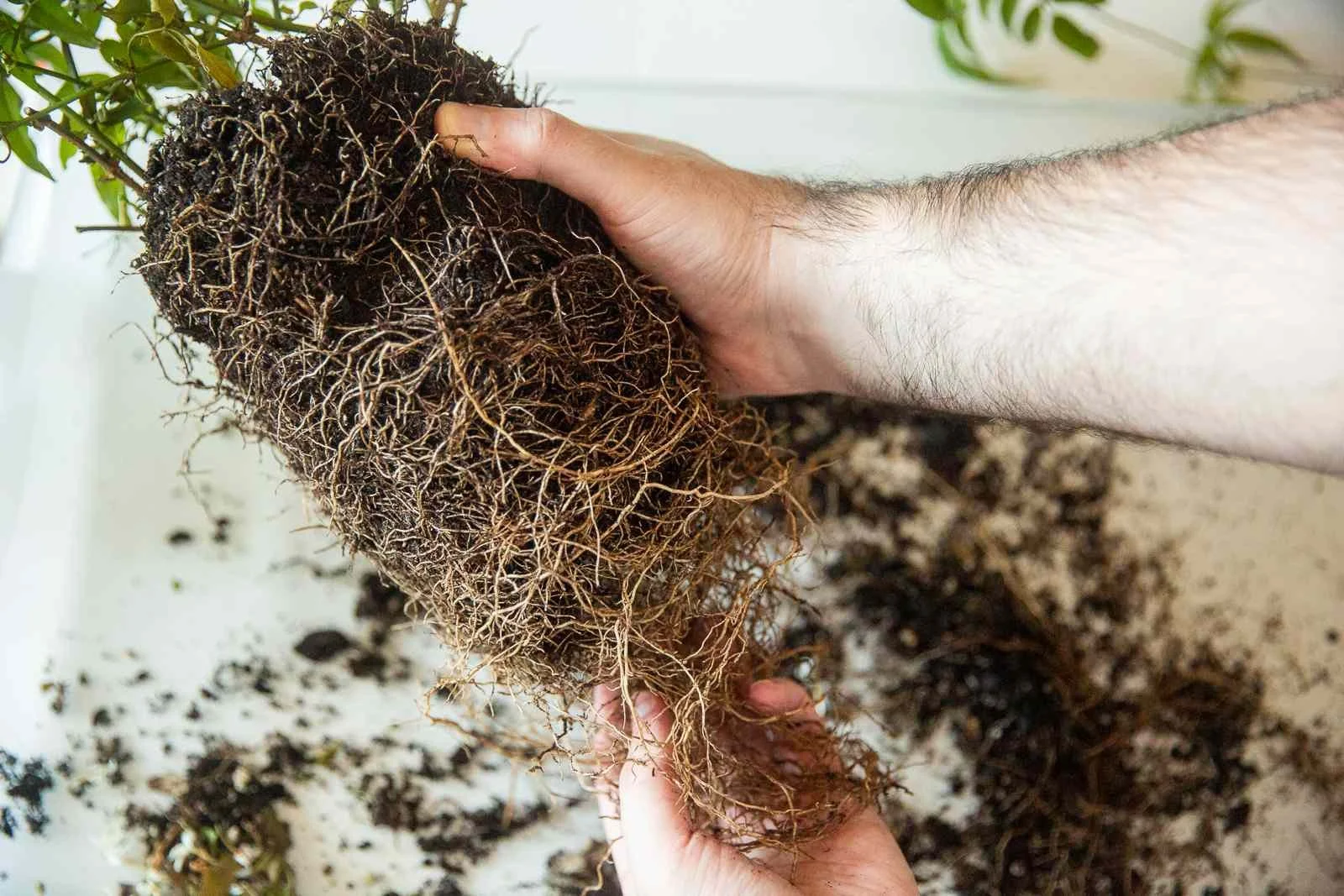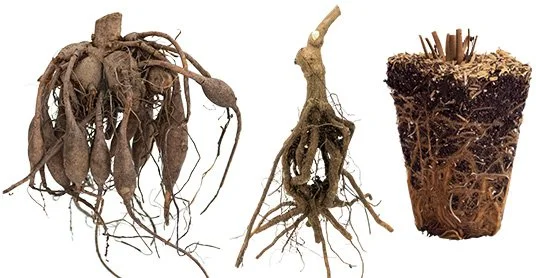TRANSPLANT SHOCK - DEMYSTIFIED
If you work in a nursery, your own garden, or are just one of those people that pull over to rescue plants chucked to the side of the road (zero judgement from us!), a task you’re bound to do at some point is transplanting. Transplanting simply put is moving a plant from one location or container to another. In your garden, you may realize a plant needs a shadier spot, or in a nursery a 1-gallon plant baby is growing and is ready for a larger pot. No matter the reason, “transplant shock” is a dreaded phrase we hope to never speak to describe how well the transplant went. In this article, we’re going to explain what the “shock” is all about and give you some pro tips to up your chances of transplanting success!
Transplant Shock: What Happened?
As you can see, the plant on the left is experiencing symptoms of transplant shock.
First, let’s set the scene. Imagine you’re a plant, just out there living your best life when in an instant you feel like you’re flat lining, literally cut off from things that were nurturing you before like water, nutrients, maybe even sunlight itself (think dark trunk of a Civic during the aforementioned plant rescue…message us to chat with our in-house plant rescue extraordinaire if you want to swap stories!).
An individual plant can’t just up and move itself, even if it’s yearning for that better spot over yonder way. The process of us transplanting is quite unnatural and, yep, can be “shocking” to the plant. But what really shocked it? A combination of things really, and some plants are more vulnerable to it than others.
Hydrangeas are particularly sensitive and susceptible to transplant shock, as evidenced in this photo.
Transplant Symptoms include:
Yellow chlorotic leaves
Leaf scorch (leaves appear sunburnt)
Wilting and drooping of the entire plant
Leaf drop
Delayed growth (stunting or failure to take off)
Poor root development
Root rot
Dying branches or stems
In extreme cases, whole plant death
Let’s take a deeper look at a few things that contribute to shock while we review a few Do’s and Don’ts of transplanting.
Transplanting Do’s and Don’ts
Do protect the roots – In a prior blog article about the plant establishment phase, we talked about the importance of a plant’s root system, as it provides both structural support for its aboveground growth as well as a means to absorb water and nutrients from the soil. So knowing that, do be careful with that shovel and mindful of the size of the root ball you plan to dig out. Generally, the larger the plant, the larger the root system, so assess accordingly.
When transplanting a tree, the roots are often wrapped in burlap to keep them moist and protected during transport and storage.
We also recommend that before digging out your plant, water it well the day before, so when the roots are dug out, they are all moist and less likely to snap off before fully extricating. Once you dig out your plant, don’t take a lunch break because that life clock is ticking! The longer the plant stays out, the higher the chances of transplant shock or even death, so have your new spot (generally twice the size of the plant) ready and transfer it as soon as you can.
The hole should be two to three times the width & no deeper than the depth of the root ball.
If you do need to keep it out of the ground for bit, say post-roadside rescue, then pour some water on that baby and wrap it up in towel until you get it in the ground.
When digging up plants to be moved to another location, it important to make sure the roots are kept moist during any time between planting by wrapping in wet cardboard, towels or burlap until reaching their new location.
If you’re transplanting from a container into the ground and notice that the root system has spiraled inside the container, then gently unravel these as best you can and spread them into the soil when planting too.
If the plant is root bound when it is removed from the container, gently tease the roots apart so that they can spread easily in their new home.
Don’t forget to water, a lot. A recently transplanted plant may do better in its new spot in the long run, but near term, it suddenly has a lot more work to do. It needs to essentially re-undergo the plant establishment period, which requires extra watering. So even if your plant is mature, don’t transplant and assume it’ll be ok, give it some TLC and water it daily for a few weeks never letting that soil dry out.
Newly transplanted plants will need to be watered more often during the establishment period to ensure healthy growth and prevent transplant shock.
This is especially important if your plant showed one of the most tell-tale signs of transplant shock ---rapid leaf wilt. Leaf wilt is a direct message from your plant that it’s freaking out, mad at you for moving it, and is in real distress. But leaf wilt doesn’t always signal the end. Plants can go into survival mode and prepare to drop all of their leaves to reduce the amount of energy and water they suddenly think they need to survive until conditions improve. Take this example below by yours truly.
Picture of author’s beautyberry leaf wilt lasting about 10 days on left, this occurred within a few min of transplant, same plant on right after 12 days, x2 daily watering
I was clearly not careful enough with the roots while transplanting this beautyberry (Callicarpa americana) in my backyard and within, no joke, a few minutes I knew this plant was in shock. It remained looking like this for a solid 10 days. I am happy to report though that after twice daily watering at about the two-week mark, we became friends again and she’s happy in her new spot.
Do learn about your species before transplanting. Some plants are even more vulnerable to transplant shock than others and risk not surviving a transplant at all. Plants that grow a deep taproot versus a more fibrous root system can be more susceptible to transplant shock as the taproot can be easily damaged in the process of transplanting.
Don’t transplant during dormancy or illness. When a plant is dormant, it’s sluggish and not doing a whole lot of growing. So, if you decide to transplant during that dormant time your plant is not going to re-grow those roots it needs to survive as quickly after transplant. So yes, the risk of transplant shock and death is way higher during this time, so just be aware and avoid it if you can. Same goes with illness. If you see your plant is diseased, you may think that transplanting it may be just what it needs to improve, but this could also exacerbate stress, cause shock or death after transplant. Perhaps treat the diseased plant in place first, then move.
Dormancy essentially means that your plant has stopped or slowed its growing process. Plants go into dormancy when they face adverse conditions that aren’t ideal for growing. During dormancy, they strengthen their root systems and trunks.
Transplanting doesn’t need to be a dreaded part of a gardener’s everyday life. With the right knowledge and preparation, it can be a great success! If you need assistance maintaining your garden and transplanting your plants, reach out to us at Wacca Pilatka and we’ll be so happy to help!


